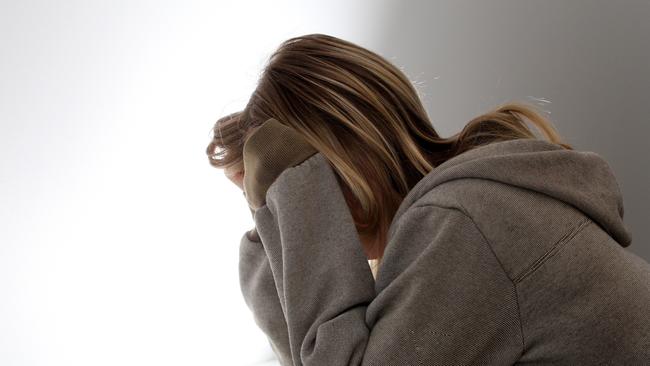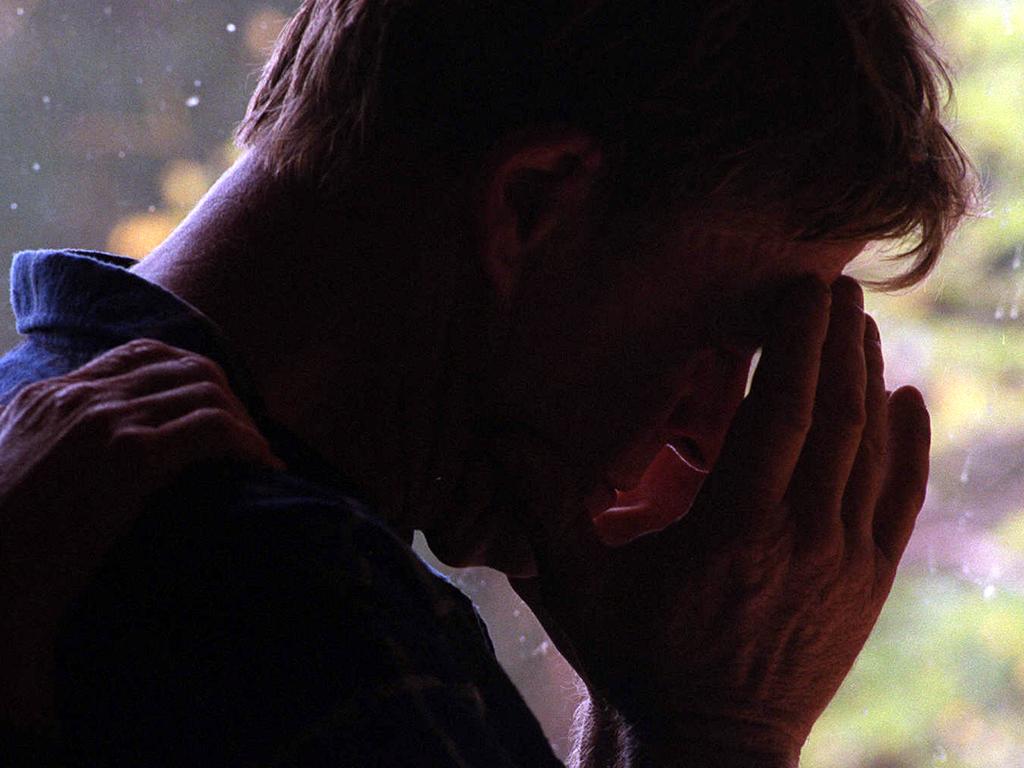One in four 14-17 year-old girls have deliberately hurt themselves
New figures showing the frightening extent of adolescents who think about deliberate self harming, or worse, following through. And girls are worst affected.

More than three in 10 14-17 year-olds in Australia had considered deliberately hurting themselves, while 18 per cent reported carrying out acts of self-injury, a new study reveals.
Girls are most at risk, the Australian Institute of Family Studies research finds, with 42 per cent of 14-17 year olds having thought about inflicting non-suicidal self-injury and 26 per cent acting on it, primarily cutting or burning themselves.
This compared with 18 per cent of boys the same age having thoughts and 9 per cent acting on them, the survey of more than 2700 teenagers in the Growing Up in Australia Longitudinal Study of Australian Children finds.
Girls were also more likely to engage in repeated self-injury. About 7 per cent of girls reported self-injury at ages 14–15 and 16–17, compared with 1 per cent of boys.
Thoughts and acts of self-injury tend to escalate through adolescent years, the study shows.
If it is repeated behaviour, there are close associations with suicide attempts. Two in three of those who engaged in repeated self-injury reported attempting suicide at age 16-17.
“At age 14-15, 16 per cent of adolescents had thoughts of self-injury and 10 per cent reported acts of self-injury,” report co-author Pilar Rioseco said.
“This rose to 21 per cent for thoughts and 11 per cent for acts by age 16-17.”
Self-injury, usually through cutting or burning, is used as a means to attempt to manage or relieve intense emotional distress.
It tends to be under-reported as official statistics only recognise hospital admissions or ambulance call-outs.
Dr Rioseco said the self-injury findings were a serious concern, especially as the pandemic drags on, along with restrictions and lockdowns in large parts of Australia continuing to affect the lives of adolescents. “Navigating your way through the world as a young person can be challenging and it’s clear that managing self-injury thoughts and behaviours is a critical aspect of adolescent healthcare provision,” she said.
“While both genders are experiencing high rates of self-injury thoughts and behaviours, it is alarming to see how much more common it is among girls.”
One extra risk factor for adolescent self-injury was for those who were same-sex attracted.
Of those who identified as same-sex attracted (gay, lesbian, bisexual) when they were 14-15, 55 per cent reported having self-injured at some point between the ages of 14 and 17 compared with 15 per cent for those who didn’t identify as such.
“As a same-sex attracted person, you are potentially living with the stress of being a stigmatised minority,” Dr Rioseco said.
“Despite progress over the last few years, same-sex attracted adolescents may still find they have to contend with harassment, discrimination and bias from family, peers and schools.
“These attitudes can become internalised, exacerbating what is already a stressful time for some young people and increasing the risk of self-injury thoughts and behaviours,” she said.
The report found that having a close relationship with a parent was protective against self-injuring, while poor parent mental health in early childhood was a risk for adolescent self-injury several years later.
“It’s essential that parents, caregivers and schools are equipped with the right skill set and provided with the support they need to assist adolescents throughout this time,” Dr Rioseco said.
“There’s an urgent need for integrated care involving families, schools and communities to enhance safety among these distressed young people in both the short and long terms.”








To join the conversation, please log in. Don't have an account? Register
Join the conversation, you are commenting as Logout